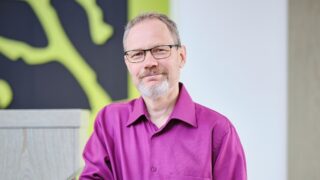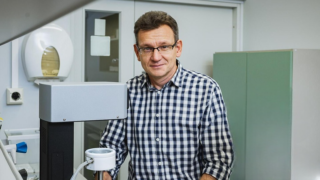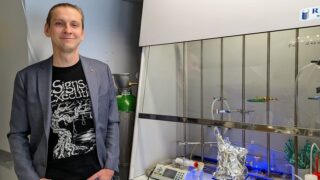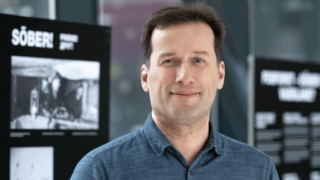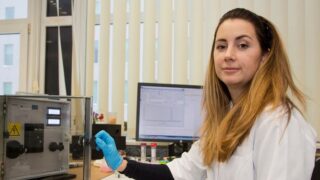The research activities are focused on designing efficient, safe, and environmentally benign chemicals, formulations, and processes. We target chemical transformations in accordance with the concept of sustainability and the principles of green chemistry.
Greener organic chemistry is applied to the development of more sustainable organic synthesis methods to obtain small molecules and functional materials for biomedical, environmental, or industrial applications.
We explore rational design of antidotes-reactivators of AChE inhibited by toxic organophosphorous compounds and potential anticancer agents using methods and practices of medicinal chemistry. We develop innovative formulations for drug delivery based on functionalized carbon nanoparticles (nanodiamonds and nanodots) and biocompatible and biodegradable platforms.
Renewable feedstock in chemistry principle is fulfilled through inventing new more sustainable protocols for biomass valorization and designing novel lignin-based materials for catalysis, biomedical application, and climate-resilient construction, following principles of circular bioeconomy.
Design for degradation is supported by study of biodegradability via OECD 301D Closed Bottle Test facility installed by the team to identify low-toxic and mineralizable transformation products, targeting “benign-by-design” approach.
Risk management of technogenic accidents includes improvement of
- antidotal and decontamination formulations for more sustainable kits for the first responders and volunteers;
- more sustainable disinfectant formulations, and
- prevention and reduction of chemical and biological threats with support of Artificial Intelligence (AI) and Deep Learning (DL) techniques to enable distinguishing of toxic industrial compounds, bacteria, fungi and viruses based on their unique fingerprints within a complex environment.
Main research topics:
- Greener methods for organic synthesis and medicinal chemistry
- Renewable feedstock in chemistry via chemical valorisation lignin and peat · Design for degradation via biodegradability study and “benigh-by-design” approach
- Technogenic risks mitigation via novel formulations for first responders and via reconnaissance and prevention of chemical and biological threats.
biodegradability, biodegradation, biomass valorization, chemical decontamination, medicinal chemistry, sustainable chemicals and formulations



